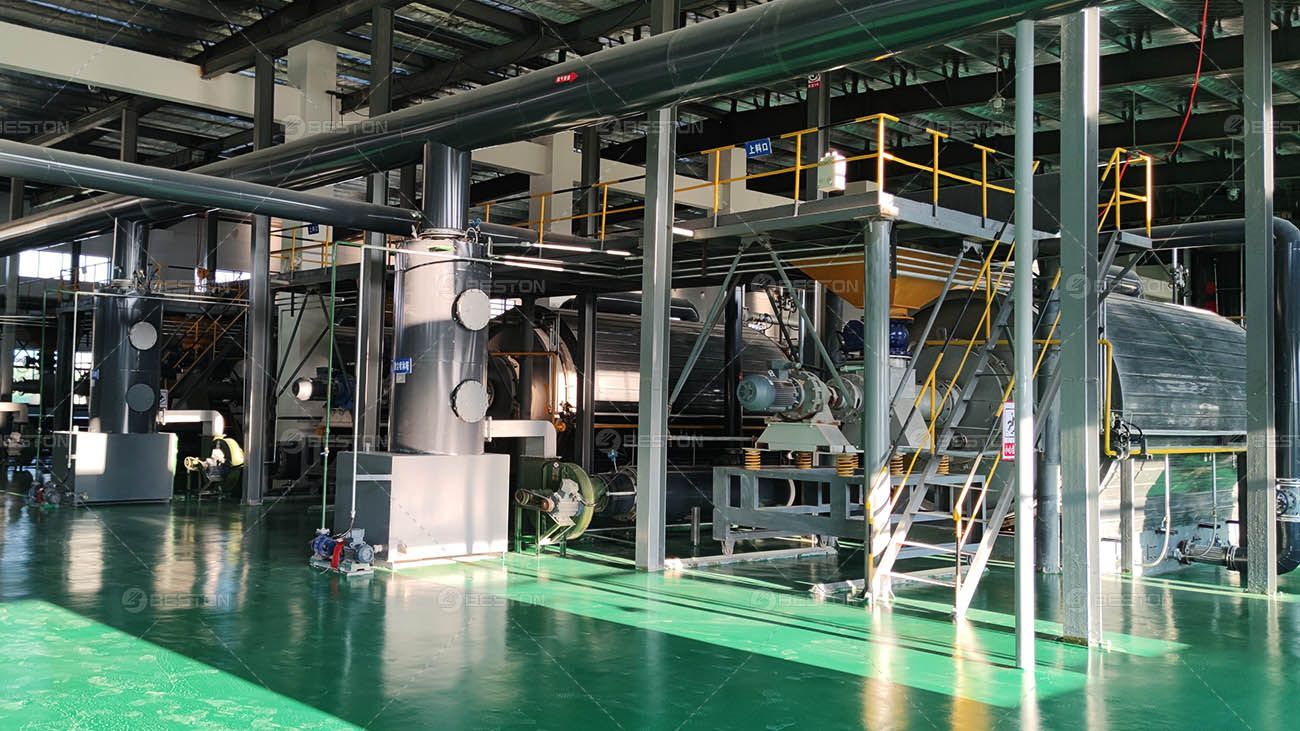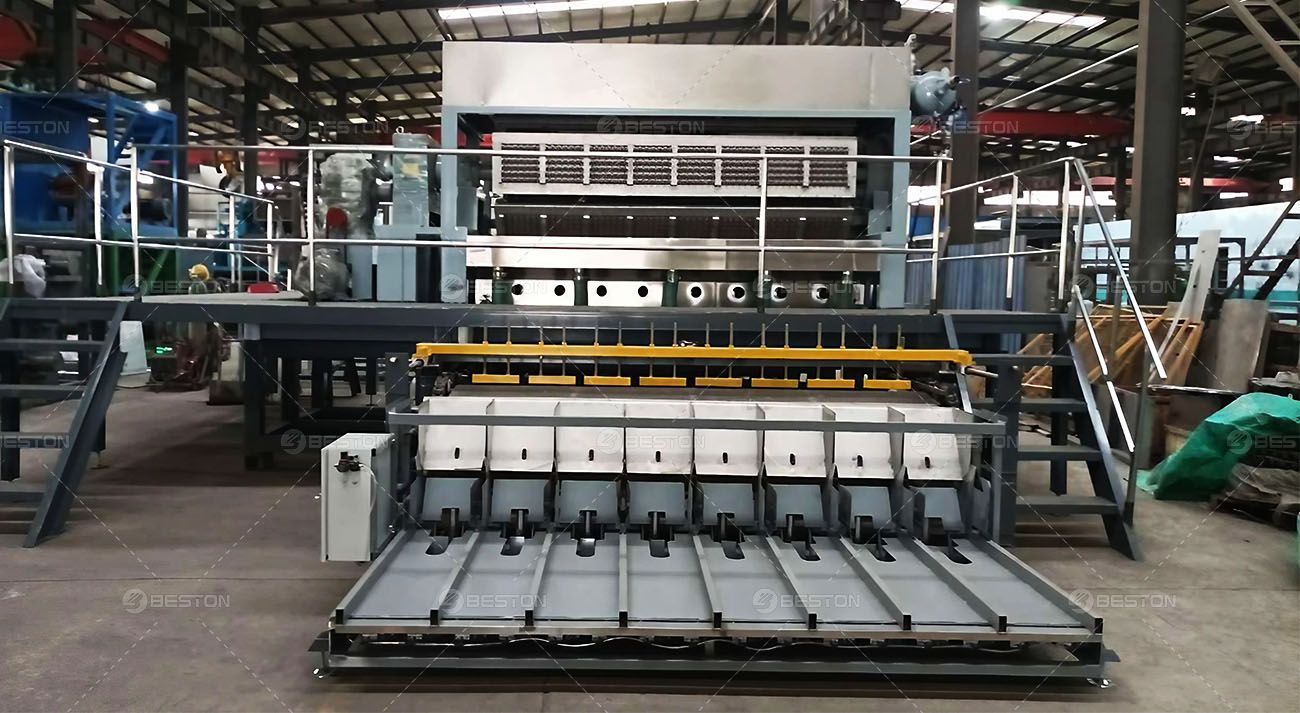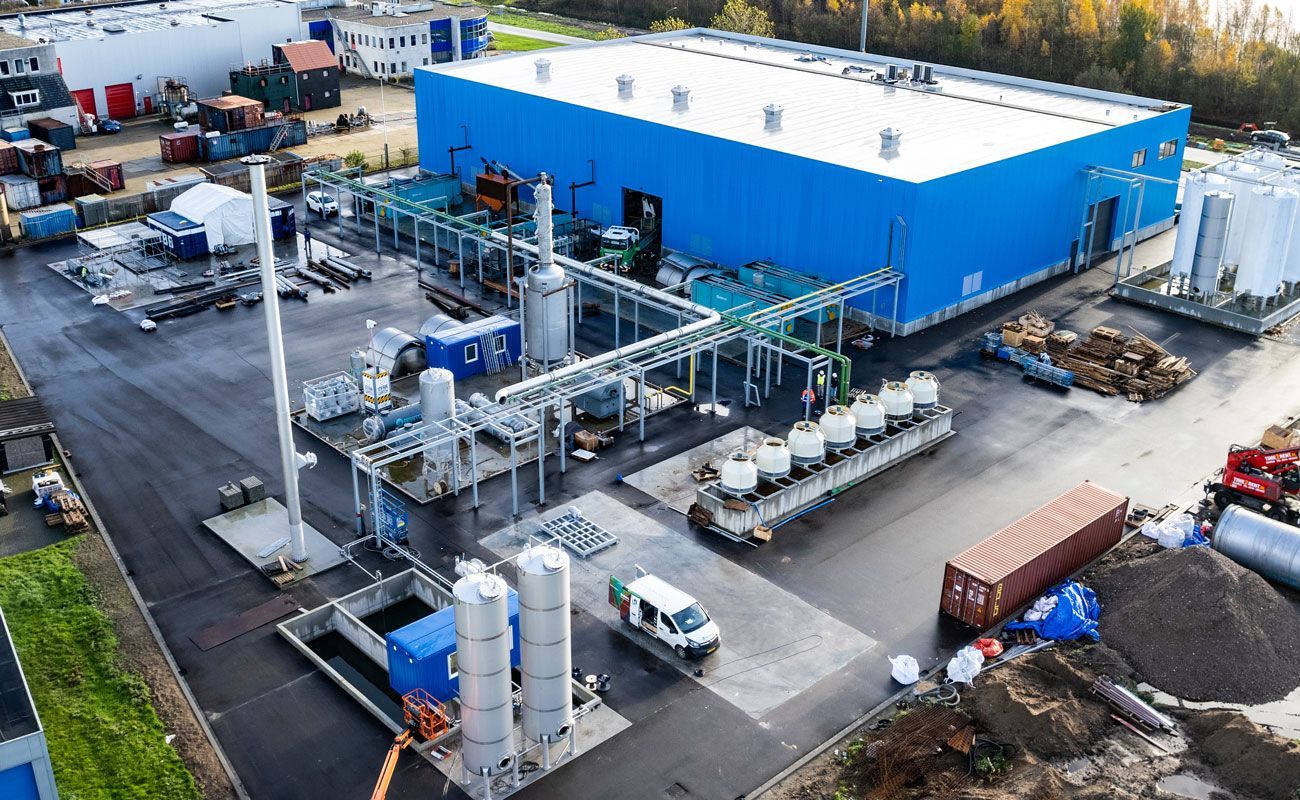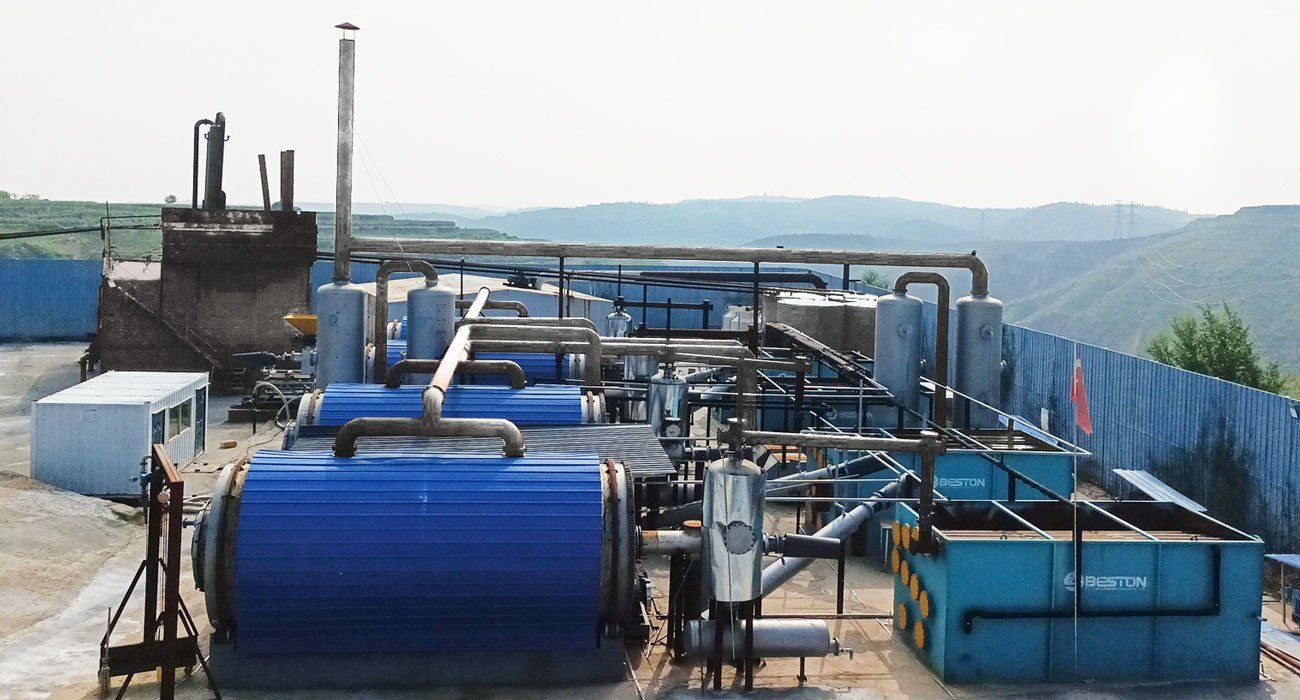Oilfield Drilling Oily Hazardous Waste Recycling Solution
- By zhou qi
- •
- 22 Feb, 2024

Understanding Oilfield Drilling Oily Hazardous Waste
Oilfield drilling operations generate a significant volume of oily hazardous waste, including drill cuttings, contaminated soils, and sludges, which contain hydrocarbons, heavy metals, and other contaminants. Traditional disposal methods such as landfilling or incineration pose environmental risks and regulatory concerns, necessitating more sustainable and efficient waste management strategies.Role of Thermal Desorption Units
Thermal desorption units are sophisticated thermal treatment systems designed to remediate oily hazardous waste by volatilizing and separating contaminants from solid matrices through controlled heating. This technology relies on the principle of thermal desorption, where elevated temperatures promote the release of volatile organic compounds (VOCs) and hazardous substances, which are then captured and treated for safe disposal or recycling.Operational Process
The operation of a thermal desorption unit involves several key steps:- Feedstock Preparation: Oily hazardous waste, such as drill cuttings or contaminated soils, is pre-treated to remove large debris and moisture content, ensuring optimal processing efficiency.
- Thermal Treatment: The prepared waste material is fed into the thermal desorption unit, where it undergoes controlled heating at elevated temperatures (typically ranging from 200°C to 600°C). This thermal exposure causes the release of volatile contaminants, which are then captured using vapor recovery systems.
- Contaminant Separation: The released contaminants, including hydrocarbons, VOCs, and other hazardous compounds, are separated from the treated solids through condensation and filtration processes. This separation allows for the recovery and recycling of valuable hydrocarbons and the safe disposal of concentrated contaminants.
- Residue Handling: The treated solids, now devoid of hazardous contaminants, can be further processed or disposed of in accordance with regulatory requirements. Depending on the specific application, the residual material may undergo additional treatment steps, such as stabilization or solidification, before reuse or disposal.
Environmental and Economic Benefits
The adoption of thermal desorption units for recycling oilfield drilling oily hazardous waste offers numerous environmental and economic benefits:- Resource Recovery: Thermal desorption allows for the recovery of hydrocarbons and other valuable materials from oily waste, which can be recycled or reused in various industrial applications, reducing the need for virgin resources and promoting circular economy principles.
- Pollution Prevention: By effectively removing hazardous contaminants from waste streams, thermal desorption helps prevent environmental pollution and mitigate the risk of soil and groundwater contamination, safeguarding ecosystem health and preserving natural resources.
- Regulatory Compliance: The use of advanced waste treatment technologies like thermal desorption enables oilfield operators to comply with stringent environmental regulations and waste management standards, avoiding potential penalties and legal liabilities associated with improper waste disposal practices.
- Cost Savings: While initial investment in oil sludge treatment plant may be significant, the long-term cost savings from reduced waste disposal fees, liability mitigation, and resource recovery outweigh the upfront capital expenditure, making it a financially viable and sustainable solution in the long run.
The Importance of Oilfield Drilling Waste Recycling
Oilfield drilling waste recycling plays a crucial role in achieving environmental sustainability and regulatory compliance in the oil and gas industry. By recycling and treating drilling oily hazardous waste using advanced technologies such as thermal desorption units, operators can:- Minimize Environmental Impact: Recycling drilling waste prevents environmental pollution and reduces the risk of soil and water contamination, preserving ecosystem health and biodiversity.
- Meet Regulatory Requirements: Compliance with environmental regulations and waste management standards is essential for maintaining operational licenses and avoiding penalties or legal liabilities.
- Enhance Corporate Responsibility: Implementing effective waste recycling practices demonstrates a commitment to environmental stewardship and social responsibility, enhancing corporate reputation and stakeholder trust.
- Maximize Resource Recovery: Recycling drilling waste allows for the recovery and reuse of valuable resources, such as hydrocarbons and metals, reducing the industry's dependency on virgin materials and promoting resource efficiency.



